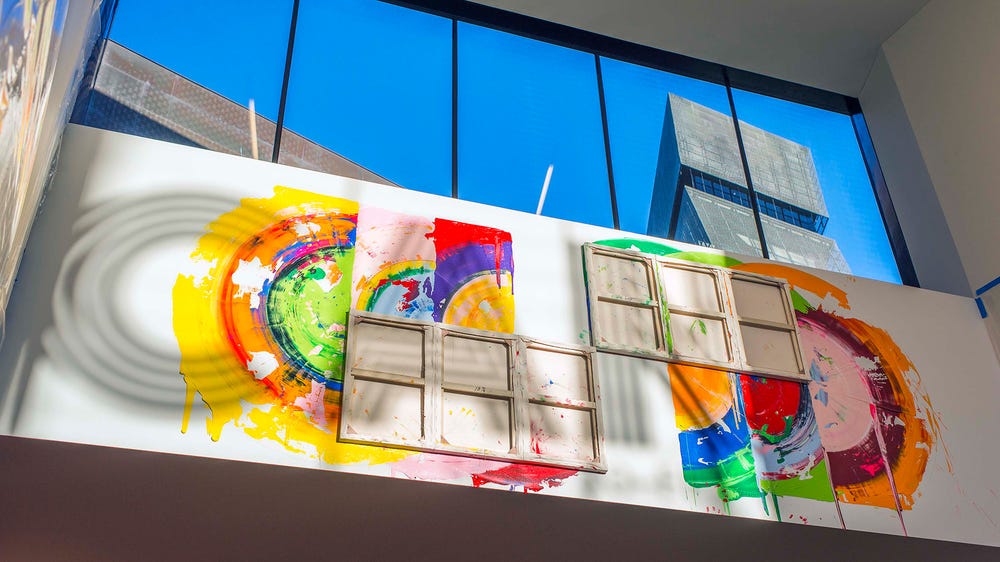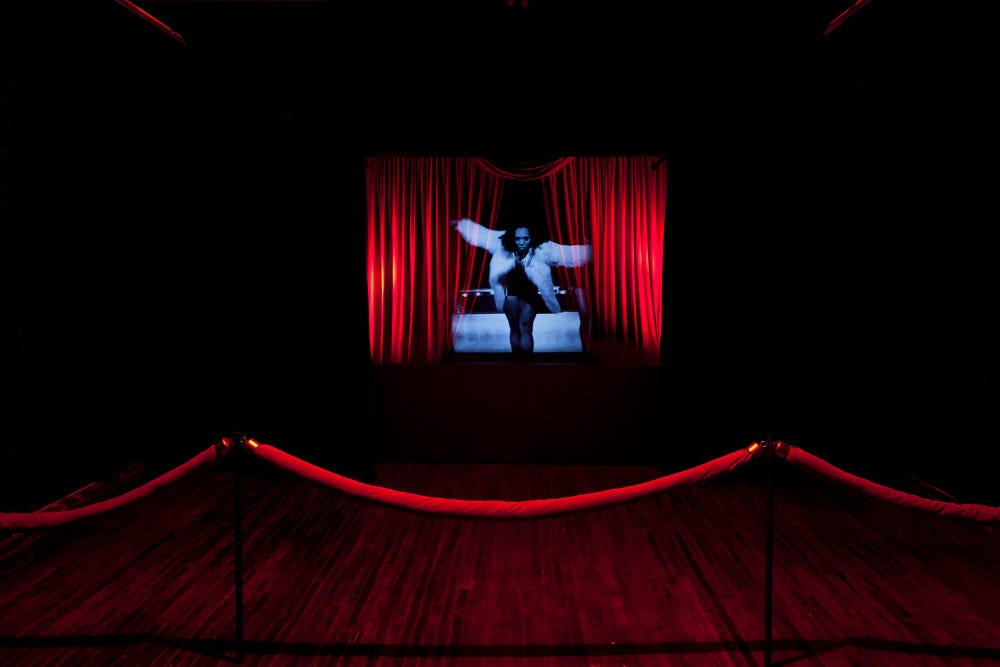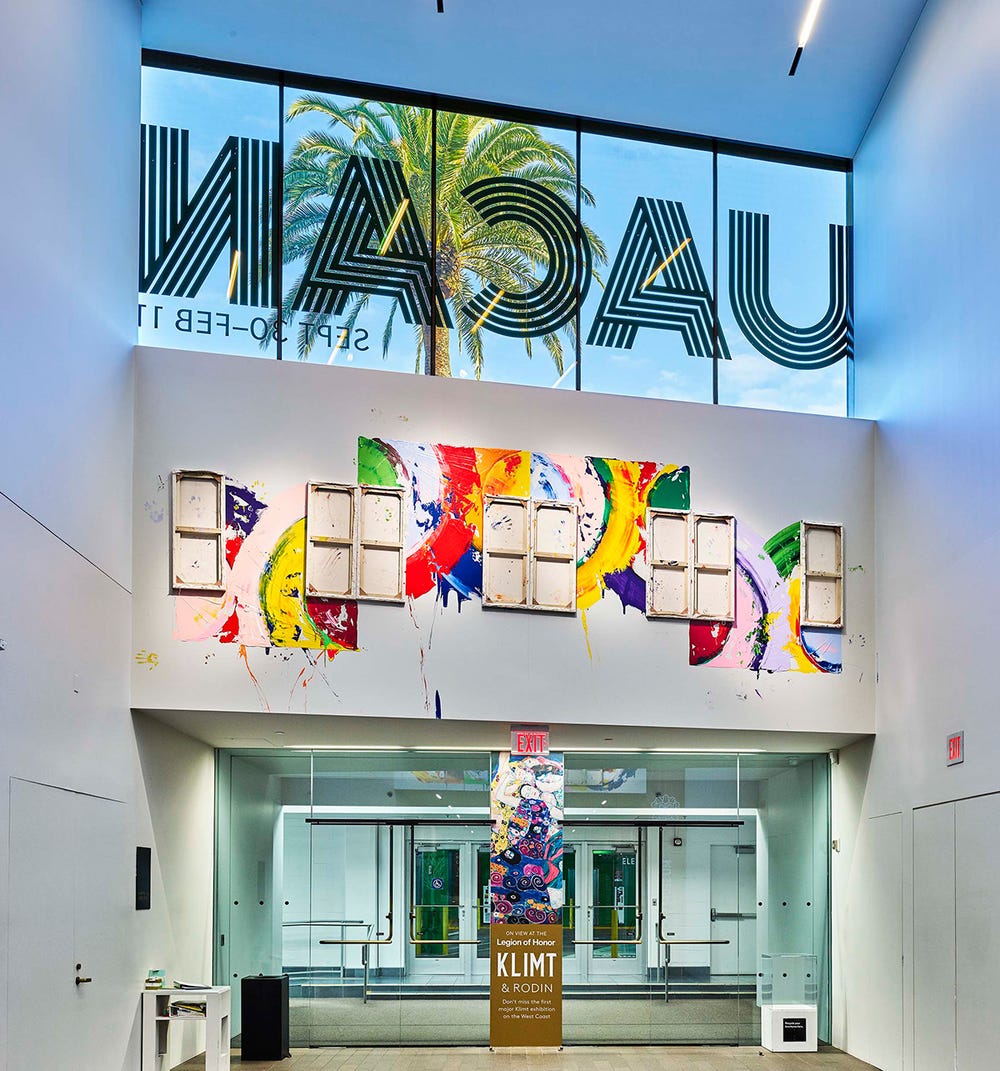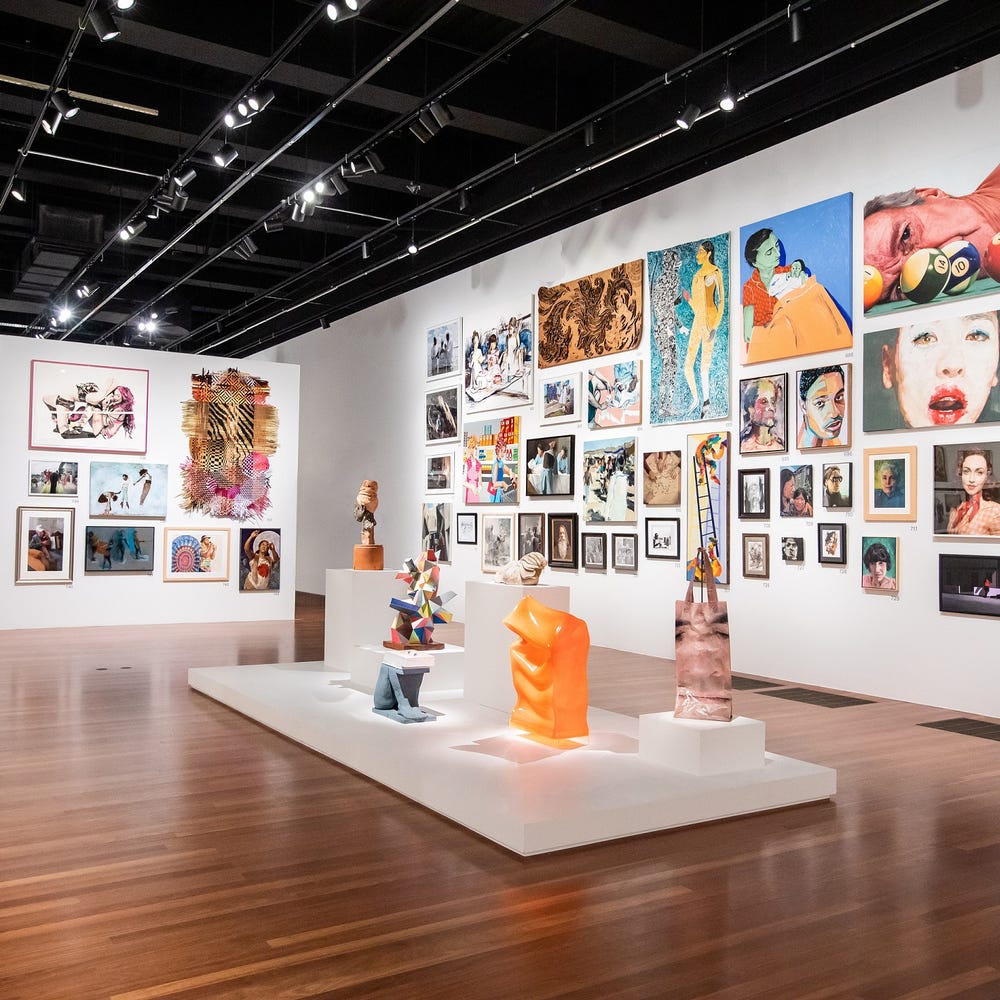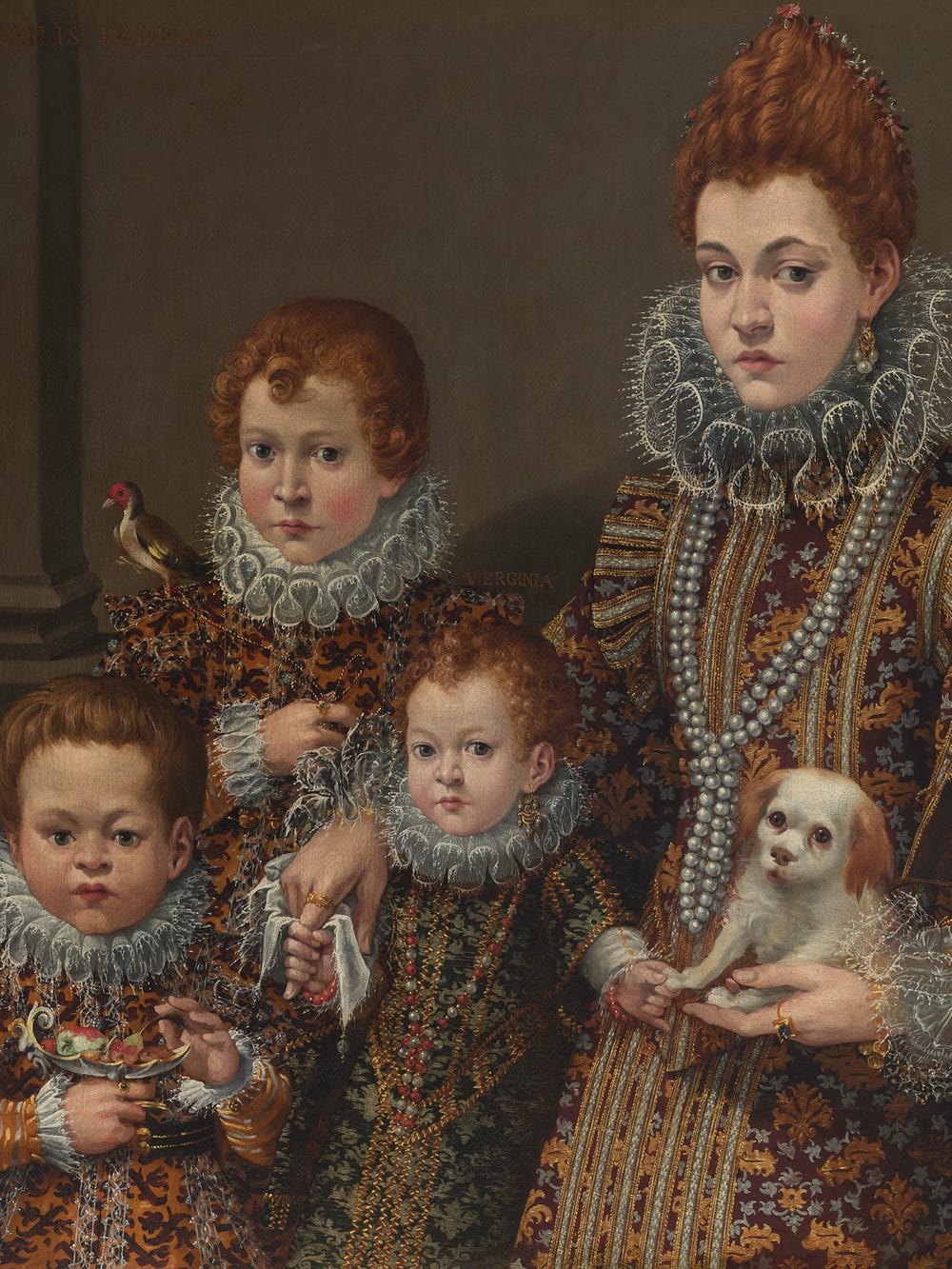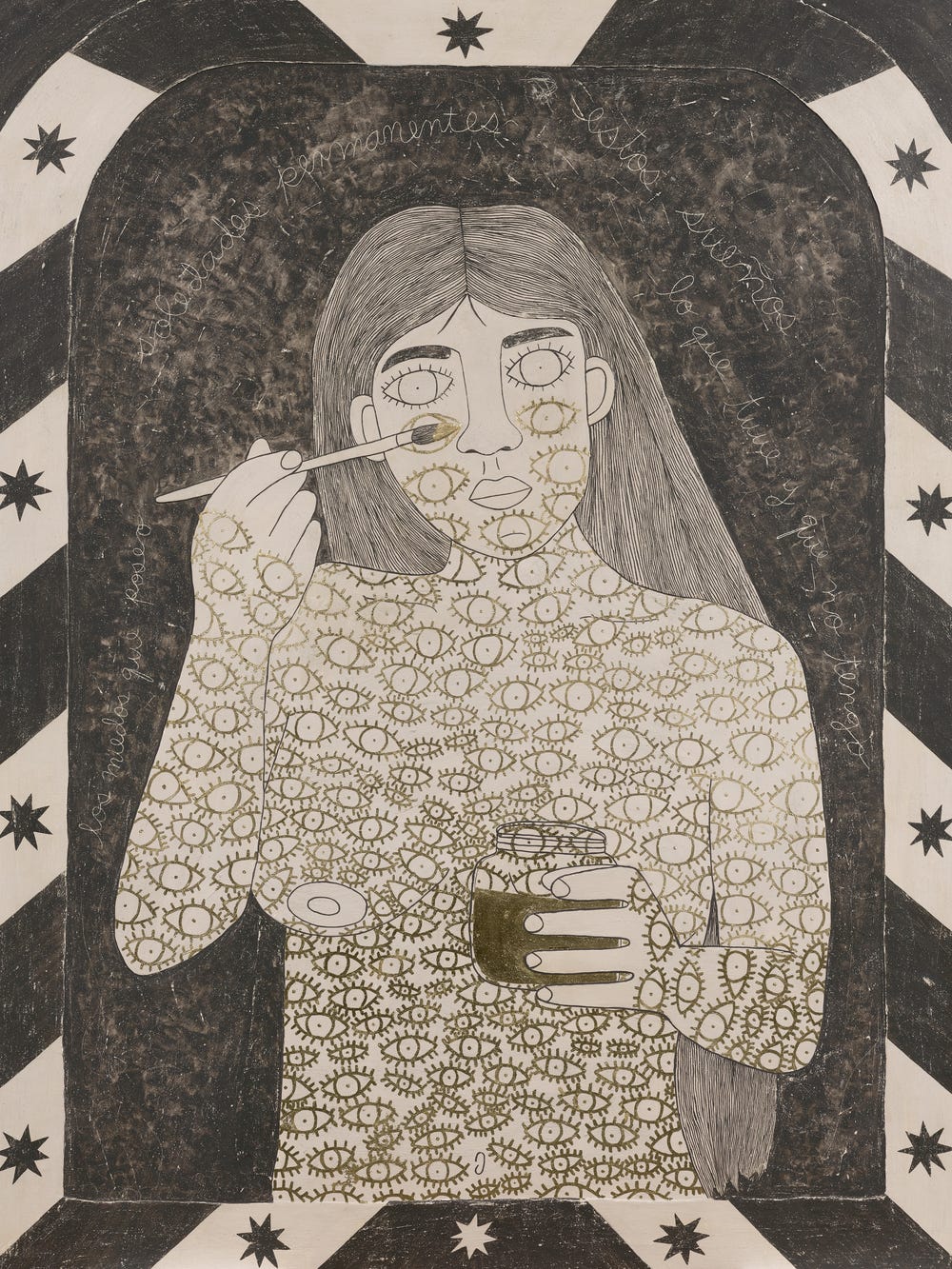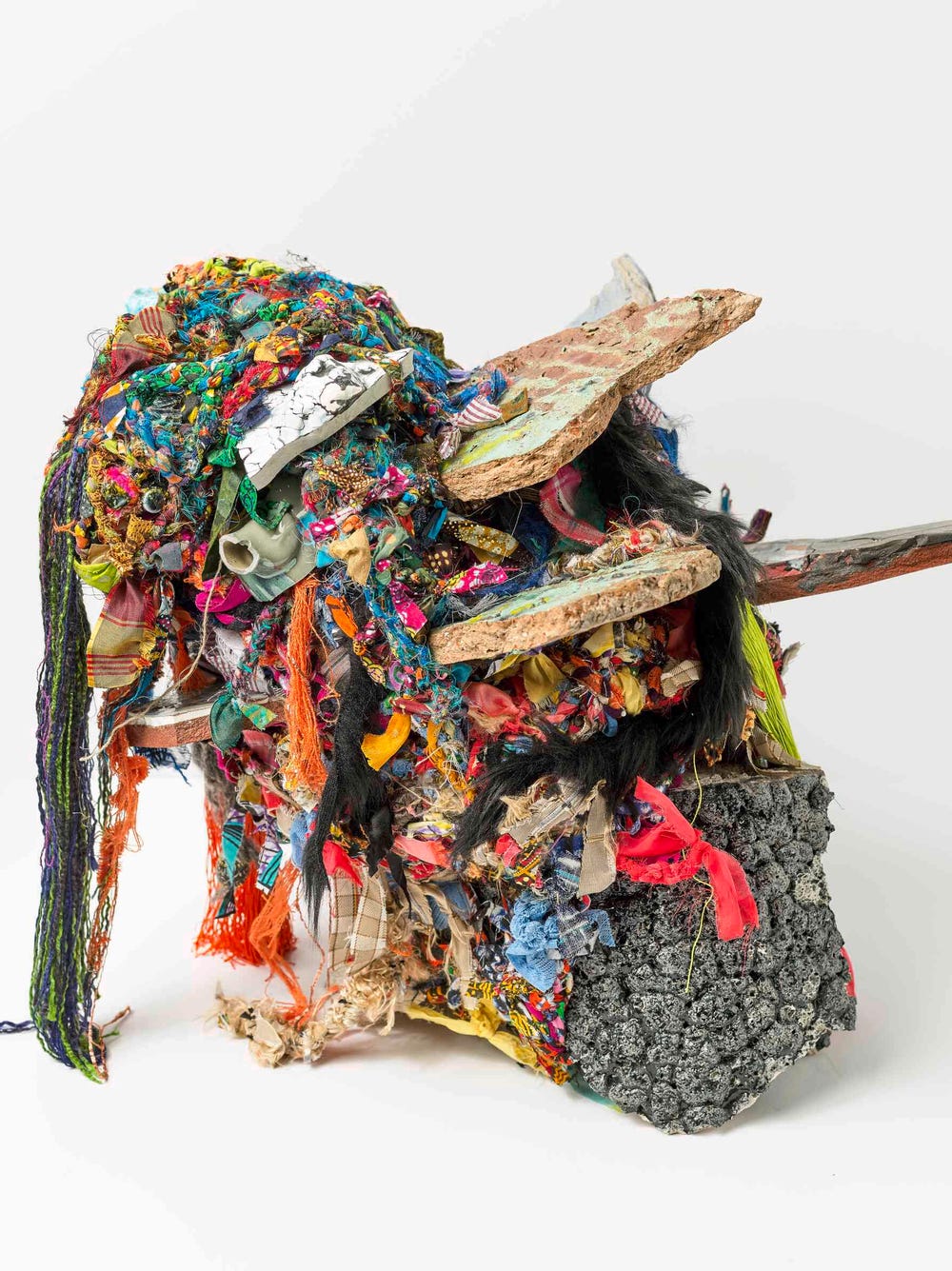Acquiring art allows us to not only to fill gaps in our collection, but also allows us to display key works that enhance the experience of our special exhibitions. In rare circumstances, an acquisition completely transforms the institution and allows it to present aspects of art history that were not previously possible through the holdings alone. Such is the case with the 62 works by 22 artists acquired by purchase and gift from the Souls Grown Deep Foundation, which were put on view in the exhibition Revelations: Art from the African American South. These works expand the representation of artists who reflect the historical diversity and complexity of American culture. This groundbreaking exhibition was accompanied by a panel discussion including actors Danny Glover and Delroy Lindo and an opening-night celebration with performances by the artist and musician Lonnie Holley, who is represented in this collection.
On October 26, 2017, the Board of Trustees approved a robust selection of works that also expand our holdings of works by artists that were previously under-represented. Notable among them are Purvis Young’s A Good Man (1980–1981), Carrie Mae Weems’s Lincoln, Lonnie, and Me – A Story in 5 Parts (2012), Richard Jackson’s Untitled (San Francisco Wall Painting) (1970/2017), and Louise Nevelson’s Sky Cathedral’s Presence I (1959–1962).
In Purvis Young’s A Good Man, Young mined personal experiences of blight, crime, and violence for his artistic subjects, materials, and exhibition spaces. Believing that “the street is life,” Young sought to give meaning to the cycles of life and death in his extraordinary displays of paintings and murals. A Good Man represents a haloed young man—perhaps one of Young’s neighbors—who has fallen victim to senseless gun violence. The artist later explained, "He’s a good person who got in the way of gunshot, and the angels are carrying him away.”
The haloed figure of the “good man” lies face-down, the glow from his aureole dramatically contrasting with splashes of red blood, signifying his violent end. The figure is painted at a mythological, exaggeratedly-horizontal scale, surrounded by innumerable diminutive mourners. Perhaps a comparison can be drawn between Young’s mournful throng and the modeling of such figures in earlier examples from Western art history. The artist’s reverence for El Greco could point to a correlation with El Greco’s Burial of the Count of Orgaz (Santo Tomé, Toledo, Spain), wherein a large group of black-clad mourners gather around the dark figure of the deceased, who is highlighted in stark contrast with the gleaming gold robes worn by Saints Augustine and Stephen.
While A Good Man provides unique insight into Young’s feelings towards his community in the early 1980s, the work also serves to augment the larger social history narratives that run throughout the Souls Grown Deep Foundation Collection acquisition. Further, A Good Man enhances the permanent collection of American Art at the Museums, which seeks to illustrate a social history of the United States that accurately reflects our nation’s historical diversity and political complexity. It also proffers Young’s redemptive message, which still resonates today: “In all the poverty, the crime, the pushin’ drugs, there is love. There is help. There is a change.”
I didn't have nothing going for myself. That's the onliest thing I could mostly do. I was just looking through art books, looking at guys painting their feelings.Purvis Young, “This is the Life I See.” In William Arnett and Paul Arnett, Souls Grown Deep: African American Vernacular Art of the South. Volume Two: Once That River Starts to Flow (Atlanta: Tinwood, 2001), 392.
Carrie Mae Weems, Lincoln, Lonnie, and Me - A Story in 5 Parts (detail), 2012. Video installation and mixed media, 335.3 x 457.2 x 1066.8 cm (132 x 180 x 420 in.) Dimensions variable. Fine Arts Museums of San Francisco, Museum purchase, Anna Gardner Contemporary Art Fund, 2017.49. © Carrie Mae Weems. Courtesy of the artist and Jack Shainman Gallery, New York
Carrie Mae Weems’s video installation, Lincoln, Lonnie and Me (2013) will add to our growing Contemporary Art collection. The work is the first example of Weems's work to enter our collection. Its acquisition is part of an ongoing commitment to expand the museum's holdings to reflect a diverse and inclusive historical perspective. Following the recent acquisition of material from the Souls Grown Deep Foundation Collection, the acquisition of a major work by one of the most respected African American women artists whose critical perspective is instrumental in framing the African American experience feels particularly urgent.
Furthermore, the focus of the Contemporary Art Department is to create a more inclusive and global understanding of recent art history. Leonardo Drew’s installation, Number 197, at the de Young demonstrated the department's initiative to focus on bringing new voices and media that speak to the experience of historically marginalized groups. The initiative also saw the acquisition of The Propeller Group's The Dead Need Light, the Living Need Music, which activated the Art of Africa, Oceania and the Americas gallery on the second floor of the de Young.
Richard Jackson, Untitled (San Francisco Wall Painting), 1970/2017. Oil on canvas and wall. Fine Arts Museums of San Francisco, Museum purchase, Anna Gardner Revocable Trust, de Young Contemporary Art Fund, 2017.10
Activating the space on the lower level of the de Young, American artist Richard Jackson’s site-specific installation, Untitled (San Francisco Wall Painting) (1970/2017), joins the museums’ collection. By using the canvas first as a brush and then as a sculptural element within the installation—all the while treating the wall like an expanded canvas—Jackson collapses the distinction between architecture and object. In doing so, he asks the viewer to reevaluate not only the classical tenets of painting but also our strategies of apprehension. Originally conceived as ephemeral installations, Jackson’s wall paintings are created in situ and adjusted to the conditions of a specific site, with each work’s place of execution reflected in its title, as is the case in Untitled (San Francisco Wall Painting).
When I look at the city from my point of view, I see New York City as a great big sculpture.Louise Nevelson, artist
The Fine Arts Museums have also acquired sculptor Louise Nevelson’s Sky Cathedral’s Presence I (1959–1962), one of the artist’s iconic black wall constructions. Nevelson (1899–1988) is best known for her contributions to the art of assemblage, combining aspects of Cubism, Surrealism, and Abstract Expressionism to create wall-size reliefs and room-size environments—painted in monochromatic black, white, or gold—that earned her a reputation as a pioneer of installation art. Sky Cathedral’s Presence I is created from boxlike components that have been stacked in a seemingly irregular grid pattern. The artist drew inspiration for this and related works from diverse sources, including the facades of Gothic cathedrals, the geometries of Cubism, and the Maya architecture and sculpture she viewed during trips to Mexico and Guatemala. Nevelson also was influenced by the urban landscape of New York City, where she lived for most of her career.
Want to keep exploring our permanent collection? Search our vast and diverse holdings.
